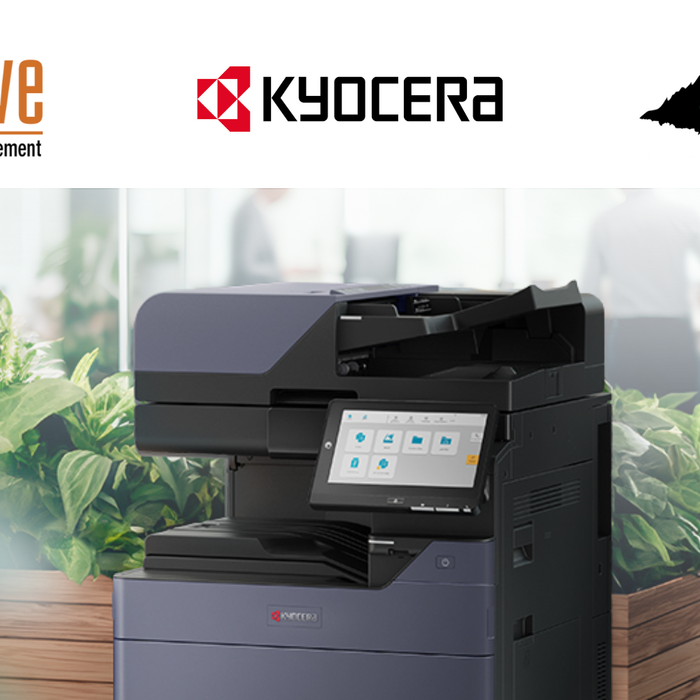Simple Tips to Protect Sensitive Information
We often hear about the importance of protecting digital data, but what about the printed documents in your office? Things like contracts, employee records, and customer information often end up on paper—and if these documents aren’t handled securely, they can easily fall into the wrong hands.
Why Securing Printed Documents Matters
Even though we do a lot of work online, printed documents are still a big part of business. Think about things like signed contracts, important reports, or legal papers—they’re often printed out, right? If these documents aren’t kept secure, they can cause big problems, like legal issues, lost money, or damaged trust.
That’s why it’s important to take steps to protect any sensitive information you print.
Tips for Safe Printing
Here are some simple ways to make sure your printed documents don’t end up in the wrong hands:
- Only Print When You’re Ready to Pick It Up
Ever printed something and then forgotten to pick it up right away? This leaves sensitive information sitting on the printer for anyone to see. To avoid this, use a “secure print” option, where the document only prints when you’re at the printer and enter a code or swipe a card.
- Make Sure Print Data Is Encrypted
Encryption is like putting a lock on your data. It makes sure that when you send something to print, no one can intercept and read it while it’s on its way to the printer.
- Limit Who Can Use Certain Printers
Not everyone in the office needs to use every printer, especially if they don’t need access to sensitive documents. Limit access to certain printers so only the right people can use them.
- Keep an Eye on What’s Being Printed
Use software to track who’s printing what. This helps you spot anything unusual and ensures that sensitive information isn’t being printed without a good reason.
Safely Destroying Old Documents
How you get rid of printed documents is just as important as how you print them. Here’s how to make sure your old documents don’t become a security risk:
- Shred Everything
Don’t just throw sensitive documents in the trash—shred them! A shredder turns paper into tiny bits, making it nearly impossible for anyone to piece it back together.
- Use Secure Recycling Services
If your office recycles paper, make sure the process is secure. Use a service that offers locked bins and guarantees that your documents will be destroyed safely.
- Know When to Get Rid of Documents
Set up a policy for how long to keep documents before they should be shredded. This ensures you’re not holding onto sensitive information longer than you need to.
Follow the Rules: Stay Compliant
There are laws and regulations about how to handle sensitive information, including printed documents. Here’s how to make sure you’re following them:
- Know the Rules for Your Industry
Depending on where you are and what you do, different rules apply. For example, healthcare businesses and schools have high confidentiality rules and laws in order to protect patients and students. Make sure you know what’s required when it comes to handling printed documents.
- Regularly Check Your Practices
Every so often, take a look at how your office handles documents. Make sure everyone’s following the rules and that you’re doing everything you can to keep information safe.
- Teach Your Team
Make sure everyone in your office knows how important document security is. Train them on the simple steps they can take to protect sensitive information.
Printed documents may not be as high-tech as digital files, but they still need to be protected. By following these simple tips—like using secure print options, shredding old documents, and staying compliant with the law—you can keep your business safe from the risks of a security breach.
Remember, protecting sensitive information isn’t just about computers and the internet. It’s about making sure that every piece of paper with important data is treated with care.






